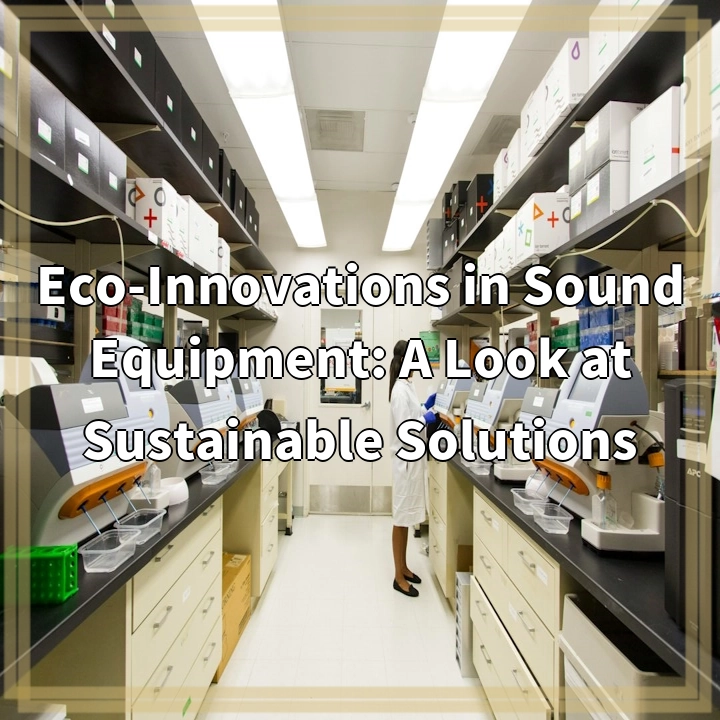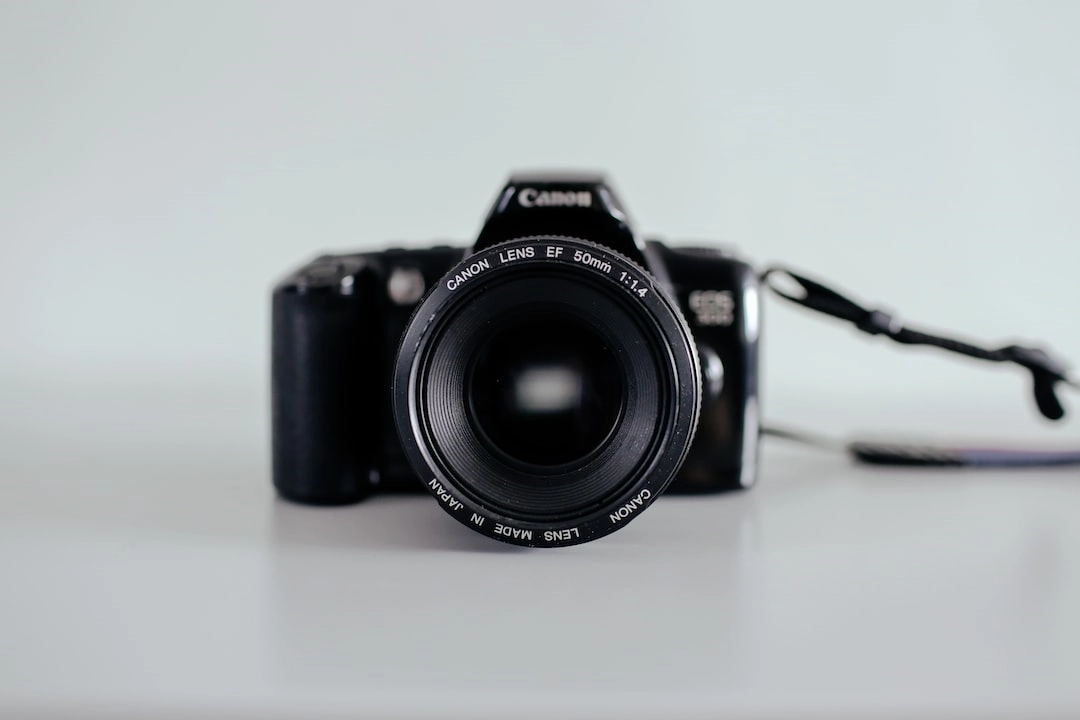
What it is:
In this blog post, we will explore the exciting developments in eco-innovations in sound equipment. As the demand for high-quality audio and entertainment systems continues to grow, there is a pressing need to address the environmental impacts associated with sound production and consumption. Eco-innovations in sound equipment refer to the development and implementation of sustainable solutions that reduce resource consumption, minimize waste, and promote energy efficiency. These advancements aim to strike a balance between providing immersive sound experiences and protecting the planet.
Real-World Problems:
The use of traditional sound equipment often comes with significant environmental challenges. Some of the key real-world problems associated with sound equipment include:
Noise Pollution:
Sound equipment, particularly in large-scale events or venues, can contribute to noise pollution. Excessive noise can have detrimental effects on human health, wildlife, and natural ecosystems. Finding sustainable alternatives that minimize noise pollution is crucial to maintaining a healthy and balanced environment.
Energy Consumption:
Sound equipment, such as amplifiers, speakers, and recording devices, typically require significant amounts of energy to operate. This reliance on energy from non-renewable sources contributes to carbon emissions and exacerbates climate change. Eco-innovations in sound equipment aim to reduce energy consumption through the use of energy-efficient components and renewable energy sources.
E-Waste Generation:
The rapid advancement of technology in the sound industry leads to a constant cycle of product upgrades and disposal. This creates a substantial amount of electronic waste or e-waste, which contains hazardous materials and poses environmental and human health risks. Sustainable solutions in sound equipment focus on designing products that are durable, upgradable, and recyclable, thus minimizing e-waste generation.
Material Sourcing and Production:
The manufacturing process of sound equipment often involves the extraction of valuable and scarce resources. This can contribute to habitat destruction, pollution, and social conflicts in mining areas. Sustainable sound innovations consider the environmental and social impacts of material sourcing, opting for recycled or responsibly sourced materials, and incorporating circular economy principles.

Solutions for Eco-Innovations in Sound Equipment:
Addressing the real-world problems associated with sound equipment requires innovative and sustainable solutions. Here are some approaches and initiatives that aim to mitigate the environmental impacts of sound production and consumption:
1. Sustainable Design and Manufacturing:
Emphasizing sustainable design principles can greatly reduce the environmental footprint of sound equipment. This involves using recycled materials, optimizing energy efficiency during production, and incorporating modular designs that allow for easy repairs and upgrades. Manufacturers can also adopt a circular economy approach by promoting take-back programs and recycling initiatives.
2. Energy Efficiency:
Improving energy efficiency in sound equipment is crucial to reduce carbon emissions and conserve resources. Technologies such as Class-D amplifiers and energy-efficient speakers can significantly lower power consumption without compromising sound quality. Additionally, utilizing renewable energy sources, such as solar or wind power, for sound system operations can further reduce environmental impact.
3. Noise Reduction Techniques:
Implementing noise reduction techniques and utilizing advanced acoustic design can help minimize the impact of sound equipment on noise pollution. This can involve better sound insulation, directional speakers to focus sound in specific areas, and utilizing software algorithms to optimize sound projection and prevent excessive noise propagation.
4. Product Lifecycle Management:
Managing the entire lifecycle of sound equipment is essential to reduce waste generation. Manufacturers can offer repair and upgrade services to extend the lifespan of products. Implementing responsible end-of-life strategies, such as product take-back programs and recycling initiatives, can ensure that discarded equipment is properly disposed of or recycled, thereby minimizing e-waste.
5. Industry Collaboration:
Collaboration among sound equipment manufacturers, event organizers, and industry professionals is vital for driving and implementing eco-innovations. By sharing knowledge, resources, and best practices, the industry can collectively work towards sustainability goals and accelerate the adoption of environmentally friendly solutions.















